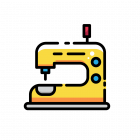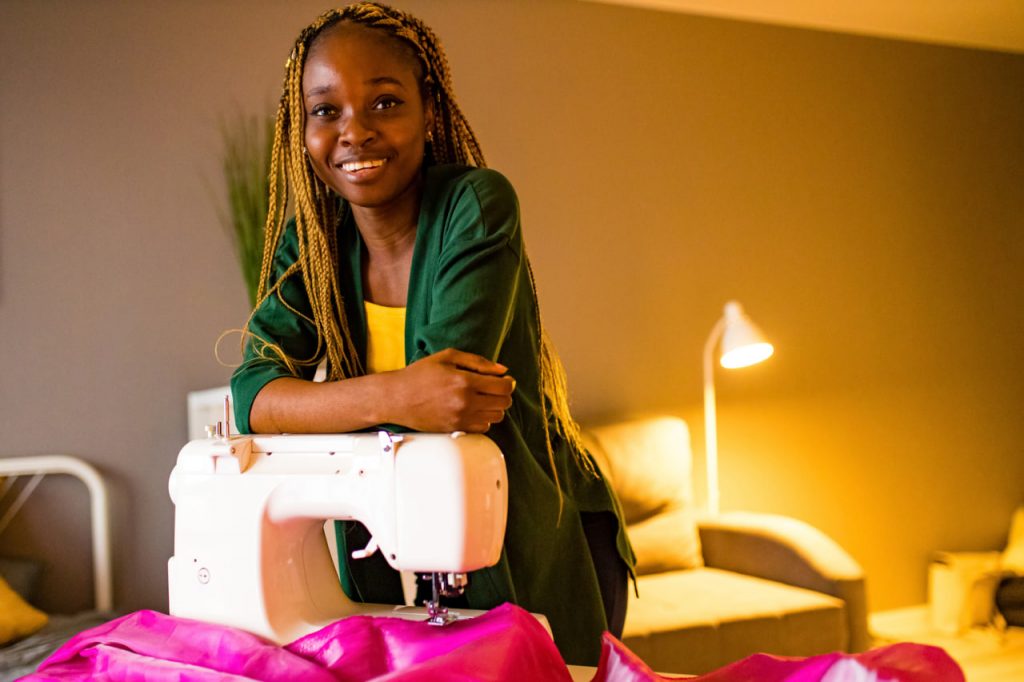Upcycling is a powerful and creative way to transform old, unwanted items into something beautiful and new. Whether you’re tired of your old clothes, looking for a way to contribute to sustainability, or simply craving a new DIY project, upcycling can be a rewarding and fulfilling hobby. But if you’re just getting started, it can feel a bit overwhelming. Where do you begin? What tools do you need? What materials work best for upcycling?
In this guide, we’ll walk you through the basics of starting your upcycling journey, so you can dive in with confidence and creativity. Let’s begin!
1. Understanding Upcycling: What Is It and Why Does It Matter?
At its core, upcycling is the process of repurposing old or discarded materials into new, useful, and often more valuable items. It’s different from recycling because you’re not breaking materials down to create something entirely new—you’re simply reimagining and transforming what already exists. In the world of fashion, upcycling often involves taking old clothes and giving them new life by turning them into something else—whether it’s a stylish jacket, a custom pair of jeans, or even a whole new piece of art.
One of the biggest reasons why upcycling has become so popular is its environmental benefits. Every piece of clothing that’s upcycled is one less item ending up in a landfill. In fact, the fashion industry is one of the largest contributors to global waste. By choosing to upcycle, you’re helping to reduce the demand for fast fashion and conserving precious resources.
2. Choosing Your First Project
The first step to getting started with upcycling is choosing your first project. It’s important to pick something simple and manageable, especially if you’re a beginner. You don’t need to start by tackling complex sewing patterns or intricate designs. Start with an easy project that will boost your confidence and allow you to practice basic skills.
Here are a few ideas for your first upcycling projects:
- T-shirt to Crop Top: One of the easiest upcycling projects is cutting an old T-shirt into a fun crop top. You can add embellishments like embroidery or fabric paint to make it even more personalized.
- Old Jeans to Shorts: You can easily transform a pair of old jeans into stylish shorts with just a pair of scissors. Add patches or distress them for an added touch of flair.
- Sweater to New Scarf or Pillow Cover: If you have an old sweater that you no longer wear, you can cut it up and sew it into a cozy new scarf or even a decorative pillow cover.
- Dyeing Clothes: If you’re not into sewing yet, you can still give your clothes a new life by using fabric dyes. You can tie-dye a shirt or create ombré effects to refresh your wardrobe.
Pick something you already have at home. This will keep costs low and help you get started without feeling overwhelmed. Plus, using your old clothes means you’re already contributing to sustainability by reusing what you have.
3. Essential Tools and Materials
You don’t need a ton of fancy equipment to start upcycling, but there are a few key tools that will make your projects easier and more successful. Here’s a basic list of what you’ll need to get started:
- Sewing Machine: While you can certainly hand-sew, a sewing machine will save you time and make your upcycling projects much faster. Don’t worry if you’re not an expert yet—start with basic stitches and practice.
- Scissors: A good pair of fabric scissors is essential. You’ll be cutting fabric, denim, and other materials, so make sure they’re sharp and comfortable to use.
- Needles and Thread: For hand-sewing or finishing touches, you’ll need needles and thread that match the fabric you’re working with.
- Fabric Glue: If you’re not ready to sew, fabric glue can help you attach embellishments, patches, or create hems without the needle.
- Fabric Paints or Dyes: If you want to get creative with colors, fabric paints and dyes are an easy way to transform plain fabrics into unique pieces.
- Measuring Tape: Even simple projects benefit from good measurements. A soft measuring tape will help you cut fabric evenly and achieve accurate results.
While these tools are useful, remember that upcycling is also about creativity and working with what you have. As you progress, you might pick up new tools or techniques, but starting with the basics is perfectly fine.
4. Basic Techniques to Master
As a beginner, it’s helpful to learn a few essential techniques that will be applicable to a wide variety of upcycling projects. Here are some basic skills you can practice:
- Basic Stitching: Learn to sew a simple straight stitch or zigzag stitch. These are the foundation of most upcycling projects and will help you make durable seams on your items.
- Hemming: Whether you’re shortening a pair of pants or creating a new sleeve, knowing how to hem fabric is a must. Practice folding the fabric to create a clean, finished edge and secure it with a stitch.
- Adding Embellishments: Embellishments like patches, embroidery, and appliqué can take your upcycling projects to the next level. Learn basic hand-embroidery stitches or experiment with fabric paints to add a personal touch to your creations.
- Dyeing: Fabric dyeing is a great way to refresh faded clothes or change the color of an item entirely. There are many dyeing techniques, from simple all-over color to tie-dye and ombré, which can all be done at home with a little patience and practice.
5. How to Find Materials for Upcycling
One of the best things about upcycling is that you don’t need to spend a lot of money to start. In fact, many of the best materials for upcycling are things you already have lying around. Here’s where to look:
- Your Own Closet: Look through your wardrobe and pick out clothes that you no longer wear. Old jeans, T-shirts, sweaters, and even scarves can all be upcycled into something new.
- Thrift Stores: If you’re looking for more materials, check out your local thrift store. You can find old clothes, fabric scraps, or even furniture pieces that can be upcycled into something special.
- Fabric Scraps: Many fabric stores sell scraps or offcuts at a discounted price, which can be perfect for small projects like adding embellishments or making accessories.
The beauty of upcycling is that it encourages you to repurpose what’s already in your life, which keeps waste to a minimum and opens up endless creative possibilities.
6. Experiment and Have Fun
Upcycling is all about creativity and experimentation. Don’t be afraid to make mistakes! As a beginner, it’s important to keep the process fun and relaxed. Not every project will turn out perfectly, but each one will teach you something new. The more you practice, the more skilled you’ll become, and soon, you’ll be upcycling like a pro.
Remember, the key to success is to enjoy the journey. The world of upcycling is full of endless opportunities to learn, grow, and make something beautiful from something old.

